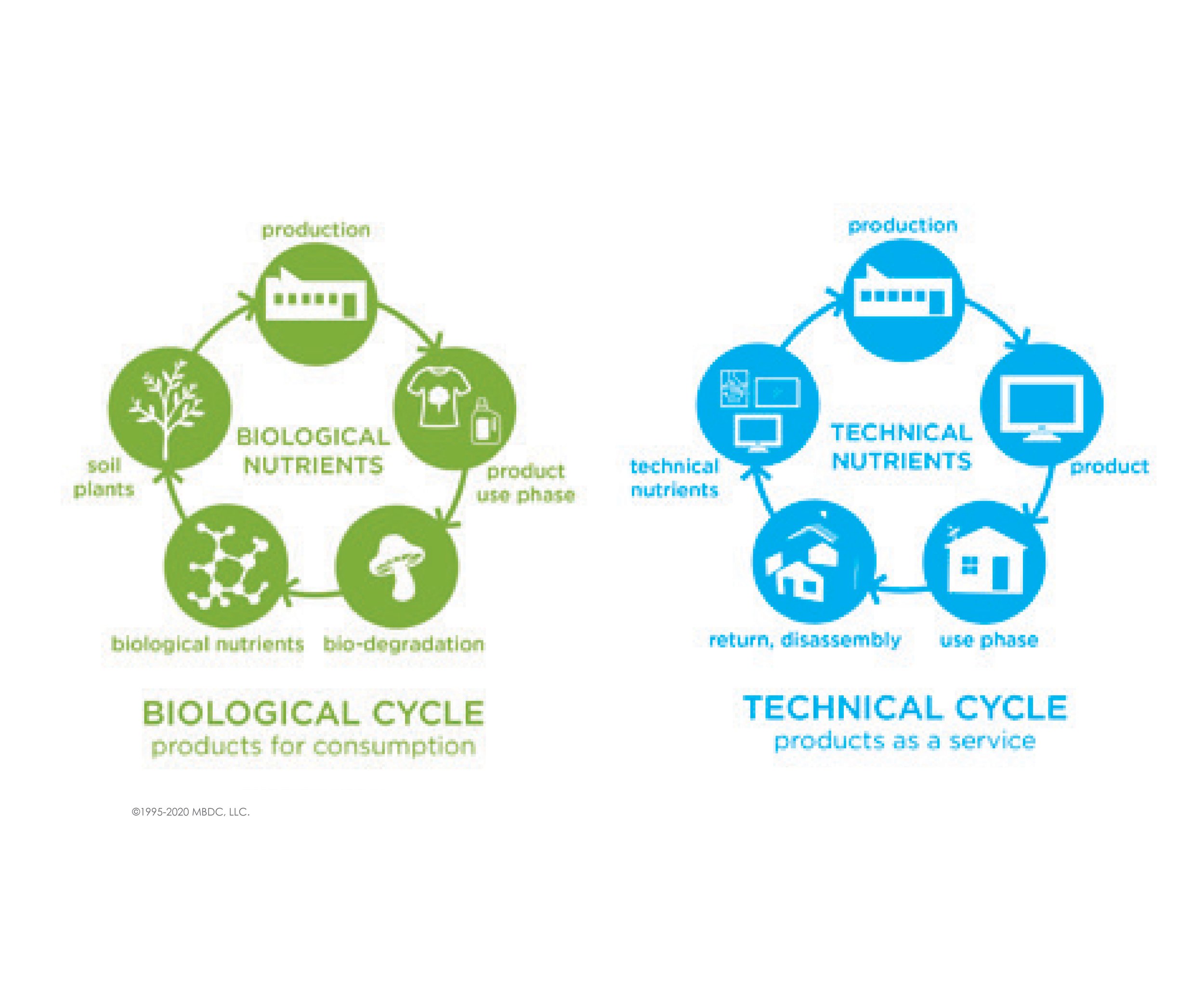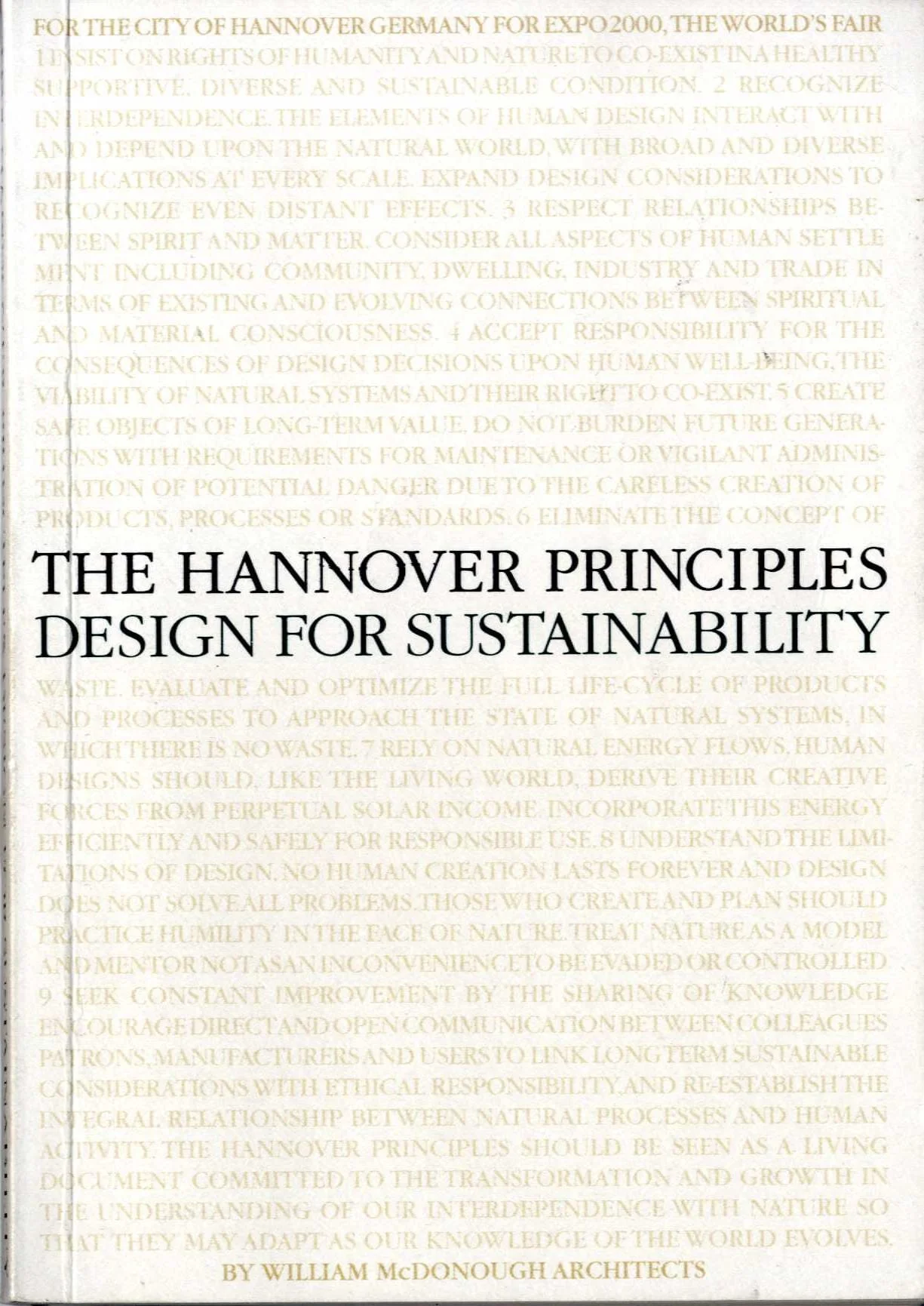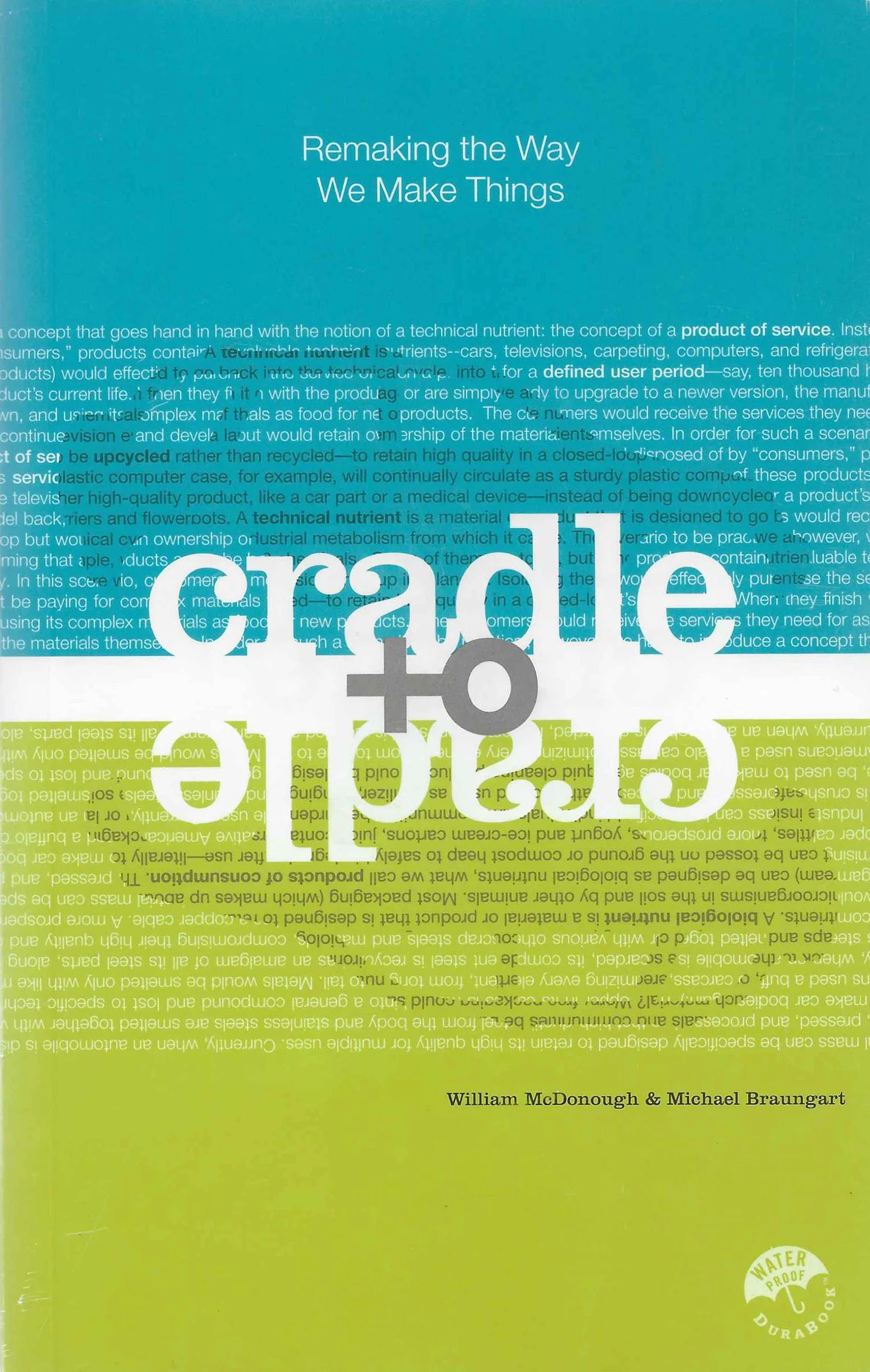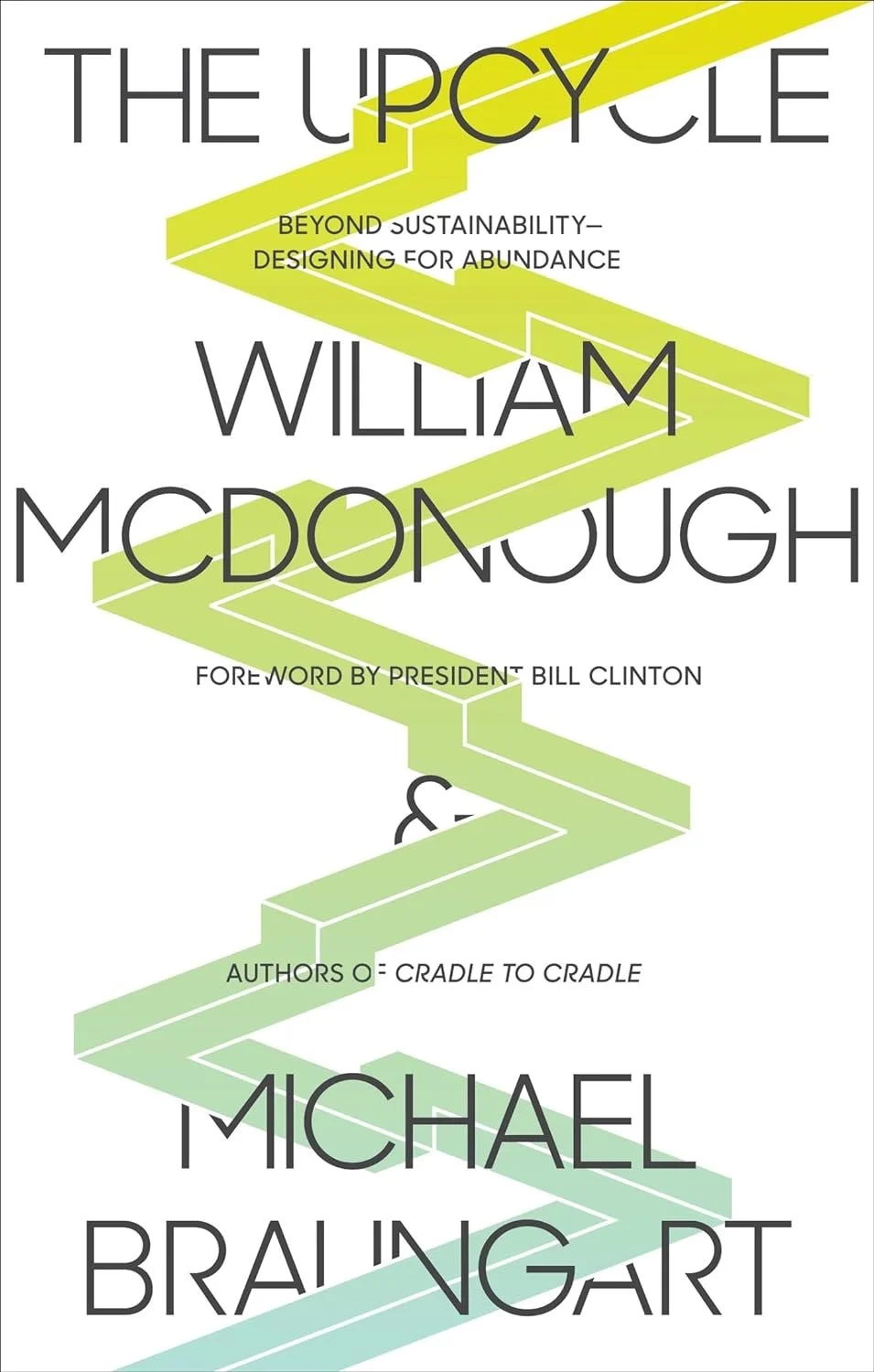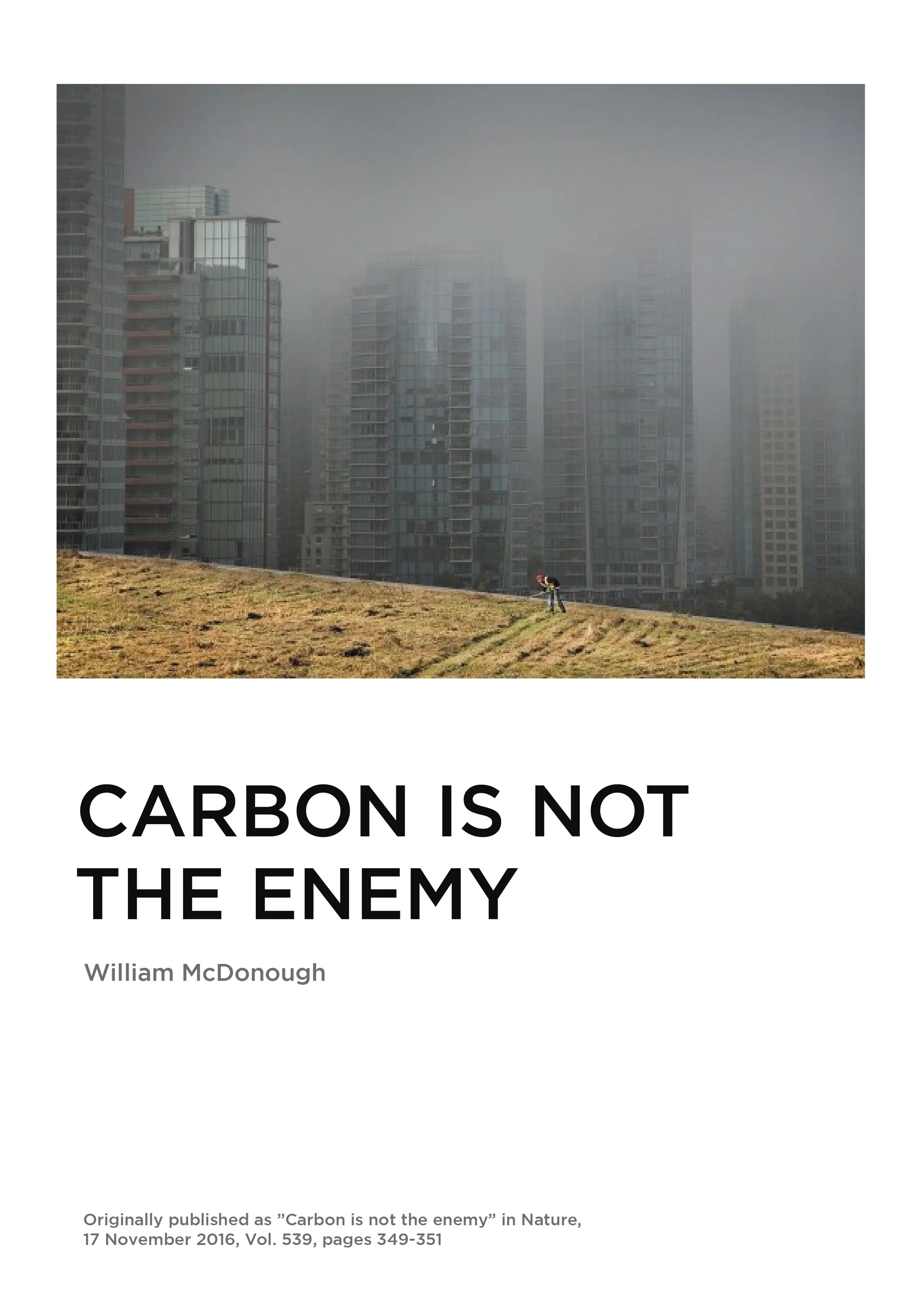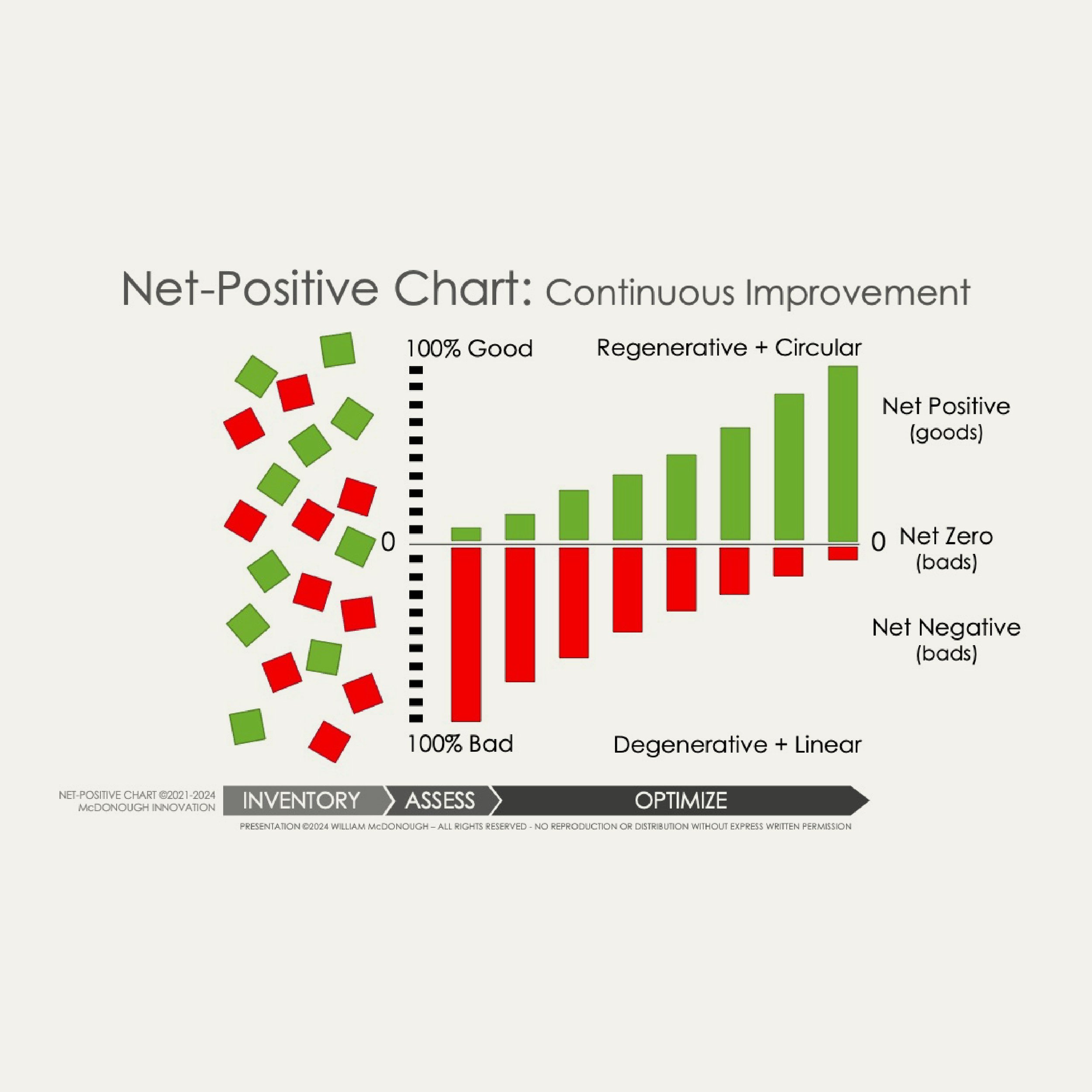McDonough Institute is founded on principles developed over William McDonough's 50-year career.
These principles, once novel, now serve as a compass for sustainable design and redesign happening around the world today. The Institute will continue to share and teach these principles as the vision for a sustainable planet is realized.
Institute Principles
Cradle to Cradle represents a holistic design approach where products and materials are intentionally designed and crafted to cycle endlessly, eliminating waste and environmental harm, and ensuring their continuous renewal and utility in a regenerative, closed-loop system, also known as the Circular Economy.
Cradle to Cradle™
A Safe then Circular Economy embodies a strategic framework in which economic activities prioritize the safety of people and ecosystems, while concurrently ensuring the perpetual circulation and restoration of resources, fostering resilience and prosperity for generations to come.
Safe then Circular Economy
A Circular Carbon Economy reimagines carbon as a valuable resource, leveraging its potential to contribute positively to the environment while perpetuating its beneficial use within a regenerative, closed-loop system. “Carbon is not the enemy.”
Circular Carbon Economy
Core Reading
VITAL PERSPECTIVES
The organism must be able to metabolize, using raw materials for its own synthetic ends...
Francis Crick
William McDonough presents a New Language for Carbon in Marrakech at Emerson Collective’s Elemental Dofest | Fête D’Action, a COP22 affiliated event.
A Circular Economy is only good when it circulates “goods.” William McDonough discusses the importance of first ensuring that materials are safe and healthy when designing for circularity.
Nature's full of sources; we take them and make them into resources so we can use them over and over again
William McDonough's keynote May 22, 2017, at Sustainable Brands 2017 in Detroit: "In Search of More Good How and Why 'Getting the Frame Right' is Essential in Design."
William McDonough addressed the Arctic Circle China Forum in Shanghai discussing how geothermal energy can help bring back Breathing Cities, which operate by the same laws as the natural world.
Fifth Wall co-founder and managing partner Brendan Wallace sits down with visionary architect William McDonough discuss what he sees in the future of the built world.
Principle Library
EESG Design Framework™
Representing the ecology of human concerns, the fractal triangle shows how ecology, economy and equity anchor a spectrum of value and how, at any level of scrutiny, each design decision has an impact on all three. As we plan a product or system, we move around the fractal inquiring how a new design can generate value in each category. The goal: to maximize value in all areas of the triangle through intelligent design.
Net Positive
The Net-Positive Chart enables many industry sectors, including product manufacturers, to 1) inventory, 2) assess and then 3) optimize products, processes and systems with positive intentions and beneficial goals.
Cradle to Cradle Nutrient Cycles
In their 2002 book, Cradle to Cradle: Remaking the Way We Make Things, architect William McDonough and chemist Michael Braungart presented a science-based design framework that eliminates the concept of waste and provides enduring benefits for society, from safe materials and circular economies to clean air, water and energy.
Values to Value™ Framework
Using a design lens and multi-disciplinary approach, we work with our clients to innovate new systems and solutions for some of the toughest challenges they face. Our process begins with your values.
Cradle to Cradle
As a model for design at all scales from the molecule to cities and regions, Cradle to Cradle is inspired by nature’s principles where waste equals food, clean renewable energy is utilized and diversity is celebrated.
Carbon Is Not The Enemy
William McDonough has developed a New Language for Carbon that seeks to clarify the terms typically used to describe efforts to reduce carbon emissions and define new, innovative ways in which carbon can be used safely, productively and profitably. In this new paradigm, which was originally published in Nature, the life-giving carbon cycle becomes a model for human designs, enabling us to cultivate urban food systems and closed-loop flows of durable materials in which carbon is an asset rather than a liability.
The Five Goods™
The Five Goods concept, based on Cradle to Cradle® and described below, will help companies to focus, funnel and evaluate their efforts along those categories, while enabling the users to innovate and scale their efforts.
Cradle to Cradle Circular Economy
The Circular Economy is a resourceful economic system and innovation engine, providing benefits to society in the present and the future. It is designed to continuously recirculate clean materials, energy, water and human ingenuity. In essence, the Circular Economy puts the ‘re’ back in resources.
Net-Positive Carbon City
The Net-Positive Carbon City integrates agriculture, regenerative land management practices and urban design at a regional and international scale. It recognizes both local and distant effects of cities and envisions a holistic, synergistic system to transform fugitive carbon into durable carbon, such as plastics and building materials, as well as into living carbon, such as healthy soils, gardens, crops and landscapes.
© William McDonough — This work is licensed under a Creative Commons Attribution-NonCommercial-NoDerivatives 4.0 International License.


